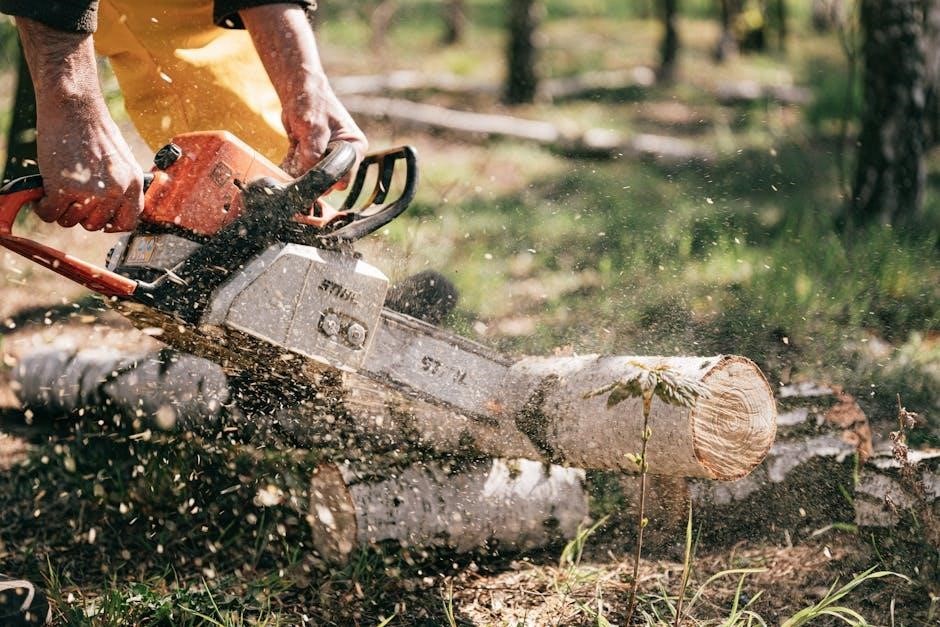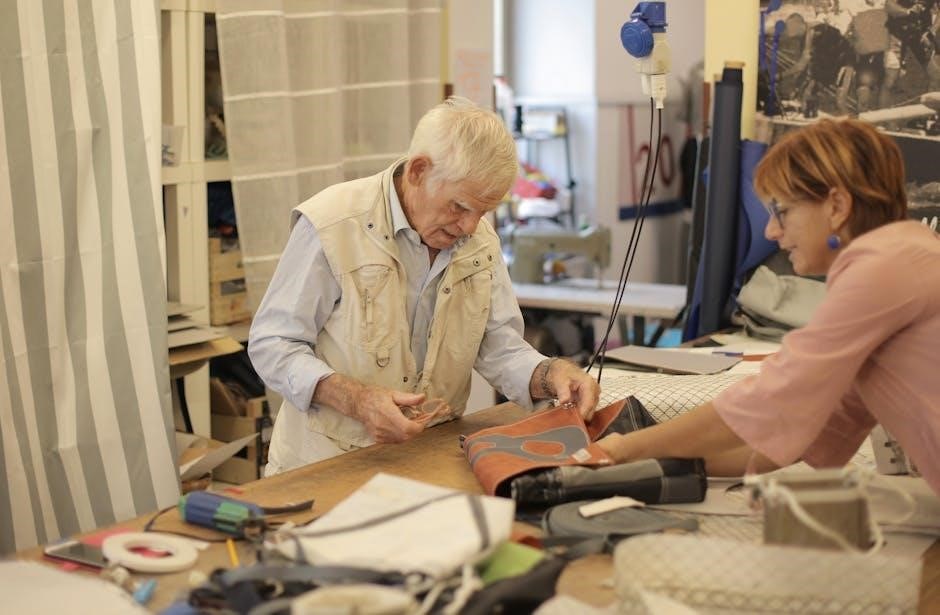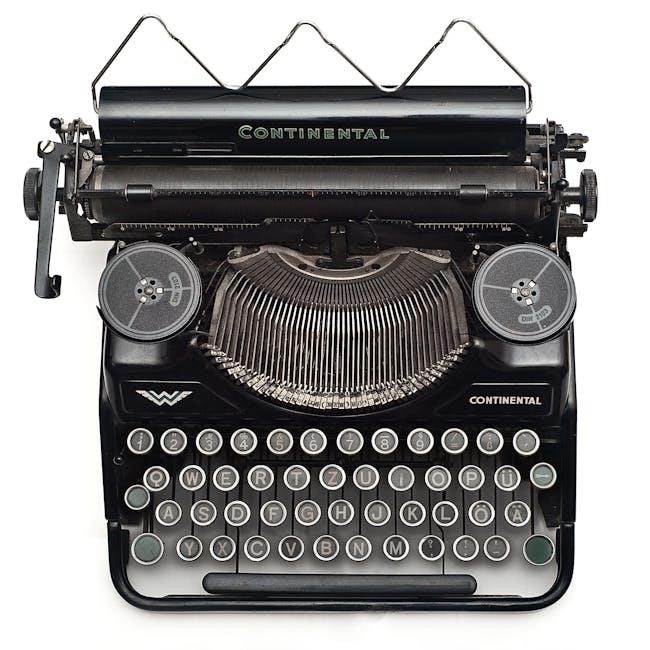ProPress Manual Tool: An Overview
A manual ProPress tool is a hand-operated device designed for creating secure, flameless connections in copper and stainless steel piping systems. These tools offer a portable and cost-effective alternative to soldering, especially for smaller jobs or areas where using a torch is not feasible or safe. They use mechanical force to crimp fittings onto pipes, ensuring a reliable seal.

What is a ProPress Manual Tool?
A ProPress manual tool is a hand-operated crimping device specifically designed for creating secure, permanent connections in piping systems that utilize ProPress fittings. Unlike soldering or welding, this tool employs a mechanical pressing action to join copper, stainless steel, or other compatible pipes and fittings together. The manual operation distinguishes it from electric or battery-powered ProPress tools, making it a more affordable and portable option for certain applications.
The tool typically consists of a set of handles, a pressing head, and interchangeable jaws or rings that correspond to different pipe sizes. When the handles are squeezed, the pressing head exerts significant force, deforming the fitting around the pipe and creating a watertight or airtight seal. The force is applied evenly around the fitting, ensuring a consistent and reliable connection that meets industry standards.
Manual ProPress tools are particularly useful for plumbers, HVAC technicians, and maintenance professionals who need a compact and self-contained solution for making pipe connections in tight spaces or remote locations where power may not be readily available. They offer a faster and cleaner alternative to traditional methods, reducing the risk of fire hazards and eliminating the need for specialized skills like soldering.

Advantages of Using a Manual ProPress Tool
Manual ProPress tools offer several notable advantages over traditional pipe joining methods like soldering or welding. One key benefit is the elimination of open flames, significantly reducing the risk of fire hazards, especially in confined or sensitive environments. This makes them safer to use in buildings with flammable materials or where hot work permits are difficult to obtain.
Another advantage is their portability and ease of use. Manual ProPress tools are lightweight and require no external power source, making them ideal for working in remote locations or tight spaces where access to electricity is limited. They are also relatively simple to operate, requiring minimal training compared to soldering or welding, which demand specialized skills.
Furthermore, ProPress connections are typically faster and more consistent than soldered joints. The pressing process takes only a few seconds, and the resulting connection is highly reliable, reducing the likelihood of leaks or failures. This can save time and money on labor and materials, especially on larger projects. Finally, manual ProPress tools often have a lower initial cost compared to their electric or battery-powered counterparts, making them a budget-friendly option for smaller plumbing businesses or DIY enthusiasts.

Disadvantages of Manual ProPress Tools
While manual ProPress tools offer numerous advantages, they also have certain limitations. One significant drawback is the physical effort required to operate them. Unlike powered models, manual tools necessitate considerable hand strength to complete each pressing operation. This can lead to fatigue, especially when making numerous connections in a row, potentially reducing productivity and increasing the risk of errors.
Another disadvantage is their limited capacity compared to powered ProPress tools. Manual models typically handle smaller pipe sizes, often up to 1 inch or 1 1/4 inches, whereas electric versions can accommodate larger diameters. This restricts their applicability to smaller-scale plumbing projects.
Moreover, the manual operation can be less precise than powered alternatives, potentially resulting in inconsistent crimps if the user doesn’t apply the correct amount of force or maintain a proper angle. This can compromise the integrity of the connection and increase the risk of leaks. Finally, certain manual ProPress tools may require a full 180-degree swing of the handles to operate, which can be challenging in tight or restricted spaces, limiting their versatility in certain situations.
Key Features to Consider When Buying a Manual ProPress Tool
When selecting a manual ProPress tool, several key features should be considered to ensure optimal performance and longevity. First, the tool’s crimping capacity is crucial. Verify that it is compatible with the range of pipe sizes you intend to work with, typically from 1/2 inch to 1 inch for most manual models. The tool’s handle design and ergonomics are also essential. Look for comfortable grips and a leverage system that minimizes the effort required for each press, reducing fatigue during extended use.
Jaw compatibility is another significant factor. Ensure that the tool accepts industry-standard ProPress jaws, allowing for interchangeability and future upgrades. The build quality and materials used in the tool’s construction are important for durability. Opt for models made from hardened steel or other robust materials that can withstand the rigors of regular use. Consider the tool’s weight and size, especially if you frequently work in confined spaces. A lightweight and compact design will enhance maneuverability and ease of use.
Finally, check for features like automatic jaw release mechanisms and visual indicators that confirm a complete and proper crimp. These can help prevent errors and ensure reliable connections.
Common Applications of Manual ProPress Tools
Manual ProPress tools find widespread use across various plumbing and HVAC applications due to their portability and efficiency. They are frequently employed in residential plumbing for installing or repairing water lines, particularly in situations where soldering is impractical or hazardous. The ability to create secure connections without an open flame makes them ideal for working in close proximity to flammable materials or in confined spaces where torch access is limited.
In commercial settings, manual ProPress tools are valuable for maintenance and repair work on existing piping systems. They allow plumbers to quickly and easily address leaks or make modifications without disrupting operations. HVAC technicians also rely on these tools for installing and maintaining refrigerant lines, where precise and leak-proof connections are critical.
Furthermore, manual ProPress tools are beneficial for DIY enthusiasts and homeowners undertaking small plumbing projects. Their ease of use and reduced risk compared to soldering make them a popular choice for tasks such as installing new fixtures or rerouting pipes. The tool’s versatility and compatibility with various pipe materials, including copper and stainless steel, further expand its range of applications.
Step-by-Step Guide to Using a Manual ProPress Tool
Using a manual ProPress tool involves preparing the pipe and fittings, marking insertion depth, and performing the pressing operation by securely crimping the fitting onto the pipe with the tool’s jaws until fully engaged, ensuring a leak-proof connection.
Preparing the Pipe and Fittings
Proper preparation is crucial for a successful and leak-free ProPress connection. Begin by cutting the copper pipe squarely using a displacement-type cutter. Ensure the cut is at least 4 inches away from where the vise will contact the pipe to prevent any potential damage. After cutting, meticulously remove any burrs from both the inside and outside of the pipe using a deburring tool or fine-grit sandpaper. This step is vital as burrs can interfere with the sealing element and the proper seating of the fitting.
Next, verify the sealing element, typically EPDM, is correctly fitted within the ProPress fitting. If a different sealing element is required for a specific application, carefully remove the factory-installed one and replace it accordingly. Consult the Viega ProPress Insertion Depth Chart to accurately mark the correct insertion depth on the pipe. This depth marking ensures the pipe is fully inserted into the fitting, creating a proper seal. The mark should remain visible after the assembly is complete for easy verification.
Before assembly, confirm that the copper tube is free of any surface imperfections, including metal stamped print lines, as these can compromise the seal. Finally, slide the fitting onto the prepared pipe, twisting slightly until it reaches the marked depth, ensuring the end of the tube makes contact with the stop inside the fitting. This meticulous preparation guarantees a reliable and secure ProPress connection.
Performing the Pressing Operation
Once the pipe and fitting are properly prepared, the pressing operation can commence. Begin by inserting the appropriate Viega ProPress jaw into the manual press tool, ensuring it is securely locked in place. Open the jaw and position it at a right angle onto the fitting, carefully aligning it with the fitting bead. Before initiating the press, visually re-check the insertion depth mark on the tubing to confirm that the fitting is fully seated.
With the jaw correctly positioned, firmly close the handles of the manual ProPress tool, applying consistent pressure until the pressing jaws fully engage the fitting. Maintain a firm grip throughout the pressing process, ensuring the tool doesn’t slip or move. Once the press is complete, the jaws will automatically release, indicating a successful crimp.
After pressing, open the jaw and carefully remove the press tool from the completed connection. Visually inspect the pressed connection to ensure the fitting has been uniformly crimped around the pipe. The presence of a consistent, even crimp signifies a secure and reliable joint. For larger diameter ProPress connections (2 to 4 inches), ensure that compatible rings are used with the appropriate actuators, avoiding any mixing of components from different manufacturers to prevent improper connections.
Safety Precautions When Using a Manual ProPress Tool
Operating a manual ProPress tool requires strict adherence to safety precautions to prevent injuries and ensure proper connections. Always wear appropriate personal protective equipment (PPE), including safety glasses and gloves, to shield against potential hazards. Before each use, meticulously inspect the tool for any signs of damage or wear, and immediately replace any compromised components.
Ensure the work area is well-lit and free from obstructions to allow for safe maneuvering. Before initiating any pressing operation, verify that the pipe is properly secured and that your hands and extremities are clear of the pressing jaws. Avoid applying excessive force or using the tool beyond its intended capacity, as this could lead to tool failure or improper crimps.
When working with ProPress fittings, always refer to the manufacturer’s instructions for proper insertion depths and pressing procedures. Keep foreign objects away from the press tool during operation to prevent incomplete presses. If any leaks are detected after pressing, immediately shut off the water supply and re-evaluate the connection. Remember, following these safety guidelines is crucial for ensuring a safe and successful ProPress operation.

Alternative Tools for Copper Pipe Connection
While manual ProPress tools offer a convenient method for copper pipe connection, several alternative methods and tools exist, each with its own advantages and disadvantages. The most traditional alternative is soldering, which involves using a torch to heat the copper pipe and fitting, then applying solder to create a permanent bond. Soldering requires skill and carries a fire risk but is often considered a reliable and cost-effective solution for many plumbers.
Another option is the use of push-fit fittings, which allow for quick and easy connections without the need for special tools or soldering. These fittings utilize internal O-rings to create a watertight seal when the pipe is pushed into the fitting. While push-fit fittings are convenient, they may not be suitable for all applications and can be more expensive than traditional methods.
Compression fittings offer another alternative, using a compression nut and ferrule to create a seal when tightened. These fittings are often used for connecting copper pipes to appliances or fixtures. However, they may not be as reliable as soldered or ProPress connections and require careful installation to prevent leaks. Each of these alternative tools provides a viable option depending on the specific needs of the plumbing project.

